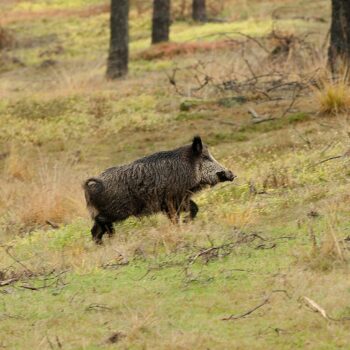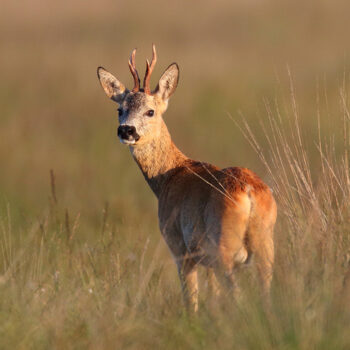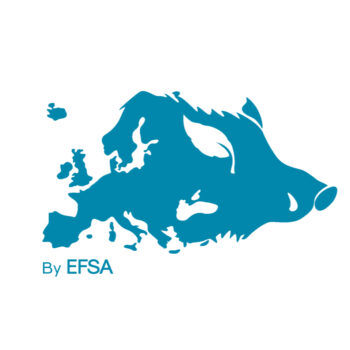Update: African swine fever found on the other side of the Rhine
On July 6th in Rheinland-Pfalz, near the city Gimbsheim, one sick and one dead wild boar were found. One of these boars was confirmed to be infected with African swine fever by the Friederich-Loeffler-Institut (FLI) on July 9th. This area is located on the opposite side of the Rhine from the previously reported
Read more











